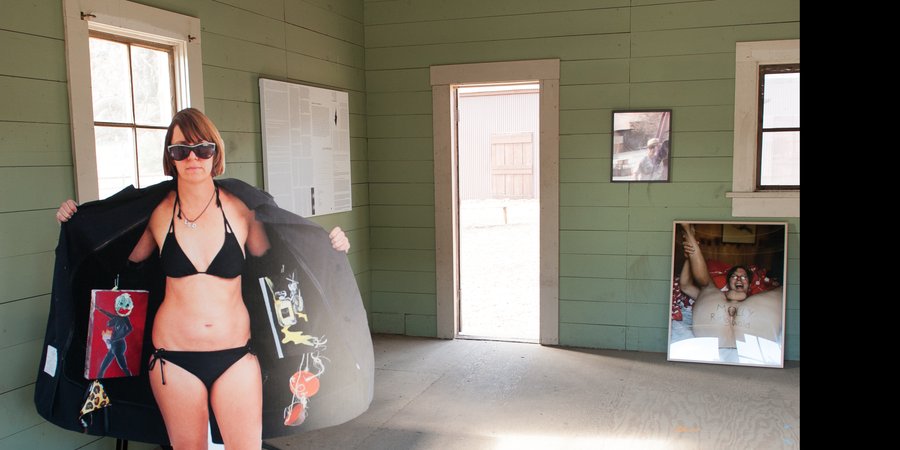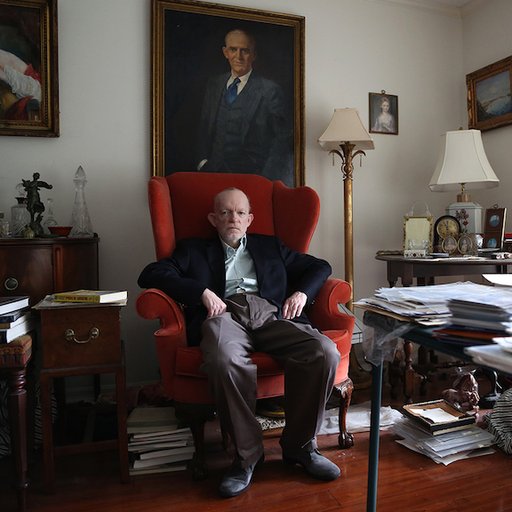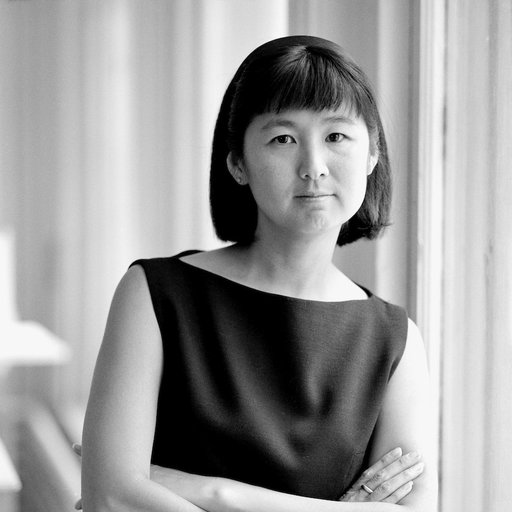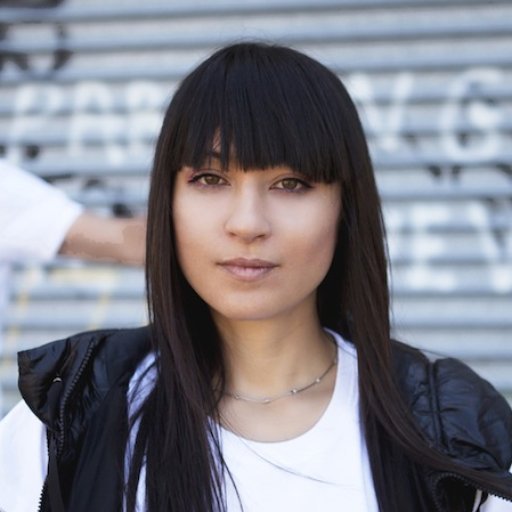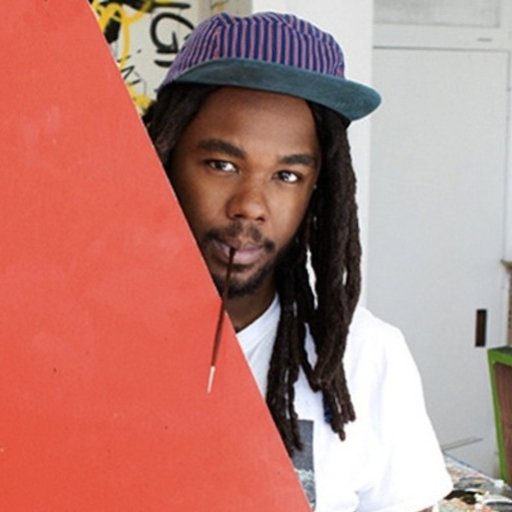When it burst on the scene with its first edition last year, the Paramount Ranch art fair seemed to epitomize the excitement surrounding the Los Angeles art scene today. For one thing, its popular and highly regarded founders—the artist/gallerists Liz Craft and Pentti Monkkonen and the Berlin-turned-L.A. dealers Alex Freedman and Robbie Fitzpatrick—managed to pull together a group of young, edgy exhibitors that had the attention of collectors while still retaining some semblance of underground cool. For another thing, the fair took place at a site suffused with L.A. lore: the stage set, located on the outskirts of the city, where John Ford directed the beloved John Wayne-led Irish epic How Green Was My Valley, and where other filmmakers chose to recreate scenes of the dusty Wild West.
This weekend, the Paramount Ranch art fair returns for its second edition with an expanded group of exhibiting galleries and nonprofits. Artspace editor-in-chief Andrew M. Goldstein spoke to Liz Craft about the inspiration for the unique fair, and her own remarkable work as a sculptor of belief-defying tableaux.
How did Paramount Ranch come about?
The idea started around 10 years ago while driving around bored in the car. Pentti and I would make jokes about a renaissance/art fair when we would drive through this certain landscape outside of L.A. It was a Pentti kind of art idea.
About a year and half ago, again while in the car, Pentti and I were discussing the L.A. Art Fair and thought it seemed like the right time to start a young or alternative fair. We were already running a gallery by that point, so it seemed like something that could actually happen. We brought it up with our friends Alex Freedman and Robbie Fitzpatrick of Freedman Fitzpatrick who immediately said, “Let’s do it.” They were the ones who pushed to make it happen.
How did you come across the ranch?
Pentti and I would take our kids to Malibu Creek, and then one time we found the Ranch near by. We were amazed we had lived in L.A. for so long and never had come across it before. It’s such a funny place, and it’s still used for filming. When we started to talk about doing a fair, Pentti remembered the ranch. And, like magic, we were able to rent it.
What is the concept behind the fair? Who does the fair cater to?
That is an ongoing development. It began as an attempt to do something more interesting then a normal fair, something that was not just about money. The idea was and is that we would invite young galleries and artists from all over the world to partake in this event we called a fair.
We’re trying to make an event that is entertaining for everyone involved in the art world, including artists, and to show that there is more then one way to do something. We also want to bring in collectors, to get the galleries to promote the fair and tell their big collectors about it, but we don’t really do that part. We really just want to do something cool in L.A.
This year you have 50 exhibitors, up from 38 exhibitors, and the buzz around the fair is enormous due to how much excitement last year’s fair generated. What accounts for the fair’s success? What is the selection and organization process like?
Well, it is a really funny place to have an art fair. That combined with the galleries and artist that participate make for a memorable event.
The process itself has been pretty organic. Everyone contributes, but Freedman Fitzpatrick has a bigger role since they’re dealers and have lived in Europe. We all agreed it should be mostly younger galleries, project spaces, or galleries that can still relate to a certain mindset.
To speak more generally, there are now four art fairs that take place in Los Angeles in January alone—a stunning development, given that only a few years ago L.A. was widely viewed as a city that left its best art behind it with the Light and Space era, ruled by a movie industry that had no interest in art. What changed?
Well, that’s not entirely true. When I was in school L.A. was very popular, and I had famous artists like Charles Ray, John Baldessari, Nancy Rubens, Paul McCarthy, and Lari Pittman as my professors. Of course L.A. also had Mike Kelley, and so many other good artists that are not as famous.
In terms of where we are today, art seems to be viewed as an investment now, so there are more artists ready to make art to fill that need. New York is too expensive, so L.A. is becoming more popular. And things are becoming more international, so people feel like they can live here.
Your fair is staged at one of Hollywood’s most famous film sets, which is appropriate given how much the L.A. art scene is interconnected with the movie industry. Can you talk about how Hollywood impacts the aesthetic and business of the L.A. art world?
Yes, we thought it seemed like the perfect stereotypical L.A. experience. It plays into the fantasy of L.A. I don't know if Hollywood affects the scene and the art as a whole here, but I do think people use bits of Hollywood simply because artists use what's around them.
It used to be that the Hollywood establishment didn’t seem to care much about contemporary art. Now contemporary art has become the chicest accessory for any celebrity’s brand, be it as a collector or as a kind of artist themselves. How did this happen?
Maybe it’s just a matter of time. People with money eventually learn that art is one of the things you can spend your money on. Cars and houses get boring after awhile.
What role did Jeffrey Deitch play in breaking down that wall and increasing the visibility of contemporary art in the broader culture, through his galas and the like?
I was never invited to the galas at MOCA. I honestly don’t know enough about collectors to know what he really did for L.A. I know that was a goal, to try and get Hollywood to spend some of that money on art, and I see how that makes sense. There is a huge art scene here with a lot of great artists from all over the world. I just don’t think it was done in a very elegant way, from the stir that he caused. I think the Hammer Museum does a better job.
How would you describe collectors in L.A. today, and how do they differ from collectors in the rest of the country?
I’m not really an expert on collectors. We barely sell anything from Paradise Garage, except to one collector from D.C.
You’re not only a co-founder of Paramount Ranch, you also run your own gallery with your partner (Pentti Monkkonen). Also, you’re an artist yourself. How did you find yourself getting involved on the business end of things?
There were various reasons of course, but one was to change roles for a while, to be the people that give the show instead of the people that want the show. It was a good change. We both felt it was time to take more charge of who we wanted to associate with, and one mission was to show people we like that have not gotten a lot of attention in L.A. With a gallery you can show people you like and it creates a visible context, one that’s easy to understand. We also thought we could be more productive through this collaborative activity.
You grew up in L.A. and went to art school in L.A., including Otis-Parsons, which—appropriately enough for the site of your fair—was itself the set of a movie, the somewhat hilarious Art School Confidential. What made you want to become an artist, and how did your interest in art and the art world evolve over time?
I was born in L.A., but my parents moved to Mammoth Lakes in northern California when I was a kid. I moved back to L.A. to go to Otis-Parsons in 1990, initially to go into fashion. I hardly knew anything about art, but my friends were artists and it quickly became clear that I had more of the artist personality. I’ve been working on art ever since, and I still feel like I have a lot of work to do.
One thing that’s remarkable about your work is that you take these tropes from West Coast, hippie, head-shop culture, give them a witty, surrealistic spin, and turn them into sculptures that defy belief—just describing their many layers of elements takes some stamina. They’re the kinds of visual fantasias that one could imagine more readily in the form of a cartoon, or a drawing, given the complexity of their expression in three dimensions. How did you come to develop your style?
That’s a nice description, thank you. I definitely have an interest in mixing things up, such as 2-D and 3-D. I like doing things that don't make sense on one level but make sense visually. I get ideas from everyday life, things I see, things I remember, and dreams. I’ve made a lot of work—that’s the best way I can explain how I’ve developed a style.
What artists do you find yourself paying attention to?
There are certain artists I always follow, but I just found out about Carol Rama through the French curator Anne Dressen and would like to pay more attention to her. Carol is an old Italian artist, and she’s brilliant.











